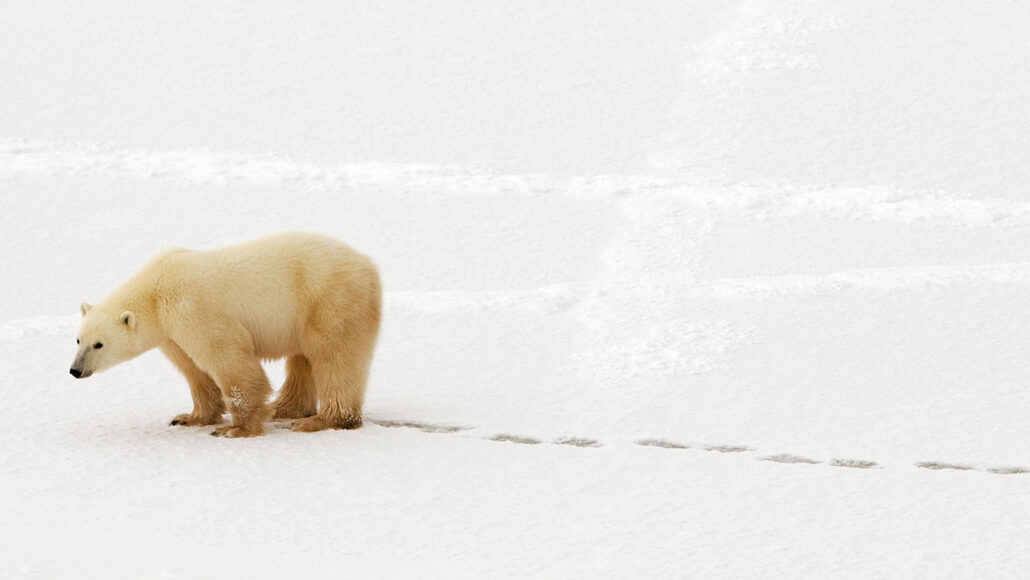
Animals
Paw-print DNA lets scientists track out-of-sight polar bears
This environmental DNA can aid in conserving species that are hard or dangerous to observe.
Come explore with us!

This environmental DNA can aid in conserving species that are hard or dangerous to observe.
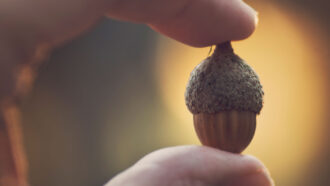
This word describes both a stage of sexual reproduction and the agricultural practice of adding nutrients to soil.
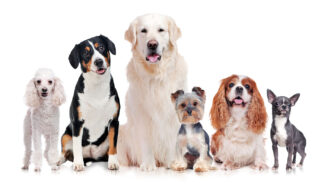
The difference between a dog and a wolf isn’t looks or genes or even behavior. It’s the relationship these animals have with people.
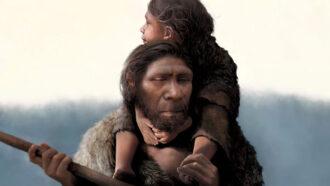
Neandertals are an extinct species closely related to modern humans. They made tools and jewelry, controlled fires and cared for their sick.
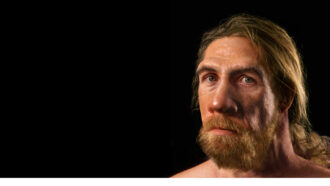
From toolmaking to healthcare, new research finds that Neandertals shared many cultural and social similarities with our human ancestors.

Ayla was treated before birth for the rare, life-threatening Pompe disease. Now a thriving 16-month-old toddler, her treatments will still need to continue.
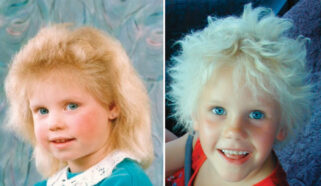
A variant of a gene involved in hair-shaft formation was linked to most of the uncombable-hair-syndrome cases analyzed in a recent study.
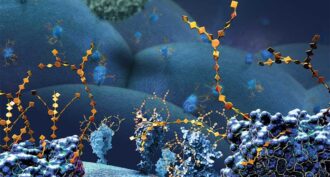
This so-called ‘click chemistry’ allows scientists to build complex molecules in the lab and in living cells.
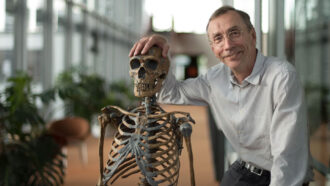
Svante Pääbo figured out how to examine the genetic material from these hominid ‘cousins’ of modern humans.
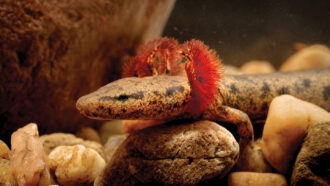
The genomes of salamanders are bloated with genetic “parasites.” That extra DNA slows down their lives and strands them in perpetual childhood.